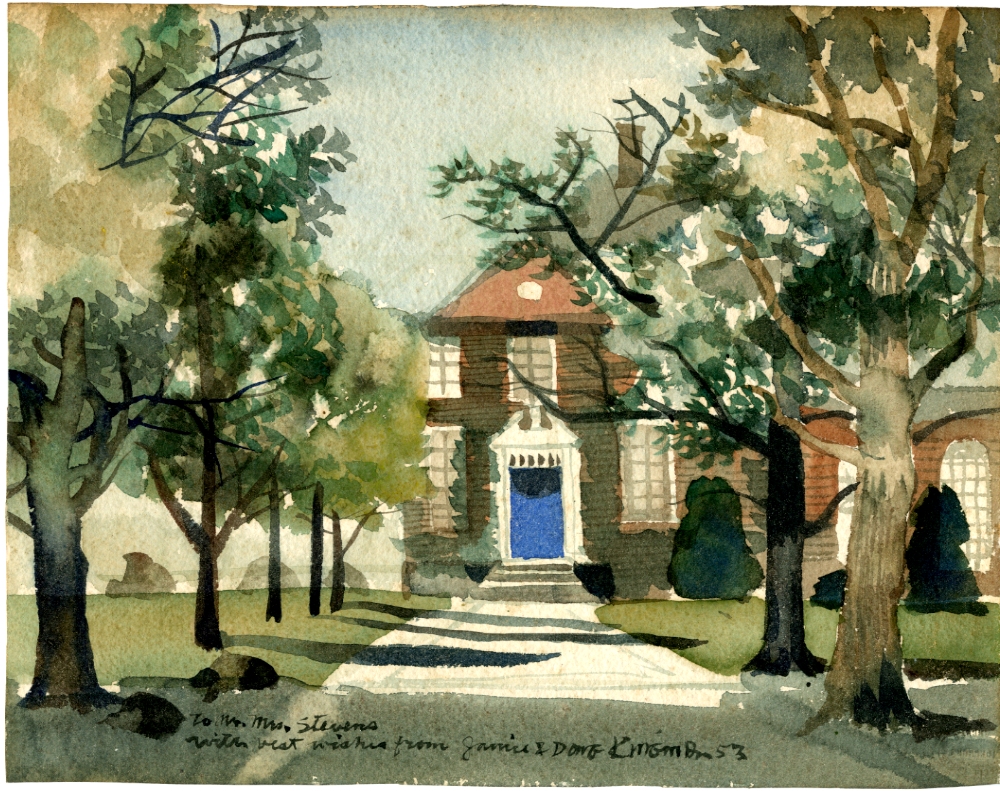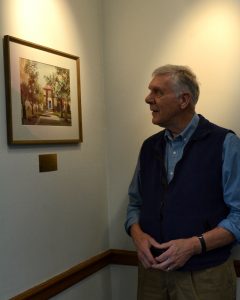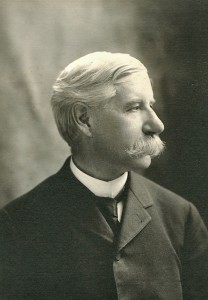 Dong Kingman (1911-2000) was a respected Chinese-American watercolorist, one of the leading figures in the “California Style” school of painting, and the father of Dong Kingman Jr., Williston Academy class of 1955. In 1953 he and his wife Janice visited the campus. While here, Kingman painted this picture of the east end of the Recreation Center, today’s Reed Campus Center, and presented it to Sarah and Headmaster Phillips Stevens. It was hung in the Homestead (at that time, the Headmaster’s residence) and, according to Phillips Stevens Jr., went with them to every home.
Dong Kingman (1911-2000) was a respected Chinese-American watercolorist, one of the leading figures in the “California Style” school of painting, and the father of Dong Kingman Jr., Williston Academy class of 1955. In 1953 he and his wife Janice visited the campus. While here, Kingman painted this picture of the east end of the Recreation Center, today’s Reed Campus Center, and presented it to Sarah and Headmaster Phillips Stevens. It was hung in the Homestead (at that time, the Headmaster’s residence) and, according to Phillips Stevens Jr., went with them to every home.

Last year, on behalf of the Stevens family, Phillips Stevens Jr. presented Kingman’s painting to the school. It has been conserved, re-framed, and added to Williston Northampton’s permanent art collection, and is displayed in the west end of the Reed Campus Center, which it depicts.
At right, another member of the Stevens family, Peter Stevens ’60, admires the Kingman painting in the Reed Campus Center, March 30, 2019. Peter was visiting with his wife, painter Linn Bower, for the opening reception of her exhibit, The Passionate Hands of the Sun, in the Grubbs Gallery, just down the hall.
More information about the life and work of Dong Kingman may be found in a variety of online sources, and several books, including Dong Kingman: an American Master, by Monte James (Twenty-Second Century Film Corporation of America, 2000), and Kingman’s own Portraits of Cities (Twenty-Second Century, 1997) and Dong Kingman’s Watercolors (Watson-Guptil, 1980).


